Chatoyant "Moving" Flame: A Spectacular Phenomenon [With Video]
Chatoyant "Moving" Flame: A Spectacular Phenomenon [With Video]
Fiddleheads makes it easy to purchase a violin with this seemingly moving, holographic flame [With Video]
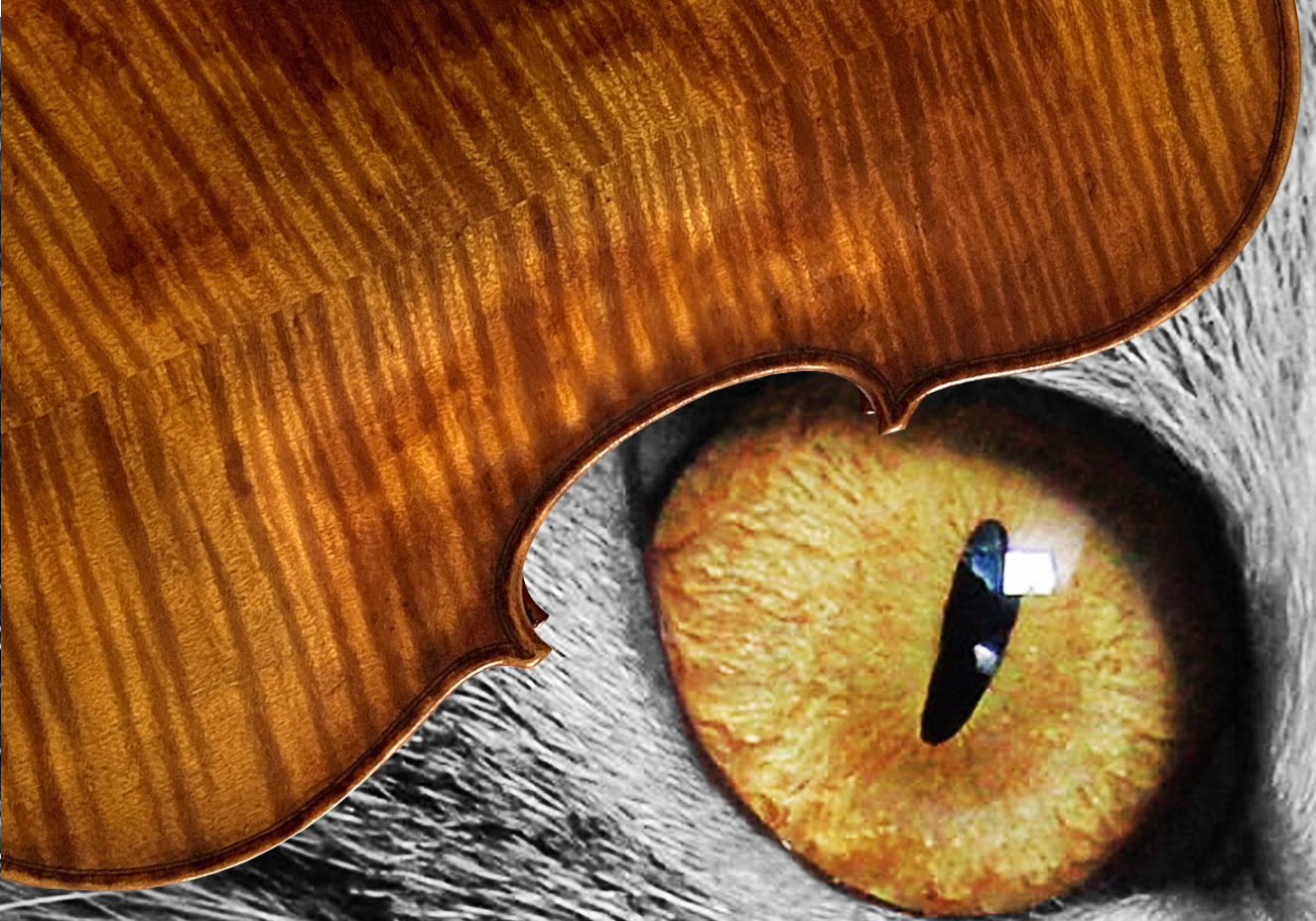
Have you ever looked closely at a cat’s eye and seen how mysterious depth and how the colours appear to move, like a borealis? Or admired the wavering prismatic effect on a “tigers eye” gemstone? Get this: wood can exhibit this striking optical effect as well.
The effect is called chatoyance (pronounced shah-toy-ence).
The poetic word comes from the French “œil de chat,“ which literally translates to “cat's eye” owing to the fact feline’s irises present a beautiful holographic effect when the pupils are constricted or at their smallest.
Many species of fine hardwood can also display the fascinating characteristic of “chatoyancy” (the state of being chatoyant), appearing as though the wood is moving and changing colour and shape, as if it has dimension.
Scientists have concluded the most strained parts of the tree with the most weight are under pressure that causes the wood to become more dense than other areas and the effect is created in what we refer to as the wood’s “flame” (because it appears to dance like a campfire) or “figuring.”
Flame is often described as ribboned, tiger-striped, quilted. “Bird’s eye” or “burl” are also grown in this fashion, though they have a different figuring than the usual fine to wide stripes. Marbled chatoyance tends to exhibit the phenomenon the most owing to the width of each section.
Maple, the wood used in the backs, ribs and neck/scroll of violins, is most frequently found to have these almost magical properties. Chatoyant wood is highly sought after for furniture production and, far more appropriate in this author’s opinion, instrument making. Chatoyance is not something you will usually see in student instruments as the material costs more than plainer woods.
VIDEO: Chatoyant Flamed Wood on a Fiddleheads Bellissima "Scarlatta" model Violin
Chatoyance varies from one piece of wood to the next, as unique as our fingerprints. Some chatoyance is more three dimensional in appearance, with the stunning effect of the wood appearing to move like a flame as the violin is tilted slightly side to side. The ensuing 3D effect is most obvious when you look at it from different angles.
Some people who work with chatoyant materials often to chatoyance as “the wet look,” since wetting or varnishing the wood or gem creates the effect owing to the addition of an extra optical layer. Higher sheen oil finishes are more likely to adequately bring out the depth of the effect owing to the varnish stopping any light scattering on the wood’s surface.
Fiddleheads sells many violins with chatoyant flame. Trying to illustrate the marvel in 2D still photos is nearly impossible, so it’s one of those things you really have to see in person to fully appreciate it. To help our customers select a violin with this mystical quality, Fiddleheads is the world’s first violin shop to include each instruments’ degree of chatoyance in the details tab of each instruments’ and bows’ product page.
Be sure to keep this in mind when you are narrowing down your options for your next purchase from our shop. (You can purchase the stunning Bellissima "Scarlatta" model violin, as shown in the video, HERE)
-
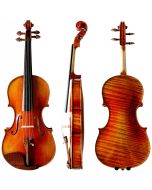 Bellissima "Scarlatta" Violin with Snakewood Fittings (Guarneri)was USD$2,800.00 Special Price USD$1,588.00
Bellissima "Scarlatta" Violin with Snakewood Fittings (Guarneri)was USD$2,800.00 Special Price USD$1,588.00 -
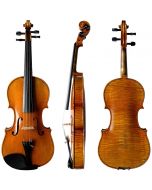 *CLEARANCE* Bellissima "Carlotta" Violin (Stradivarius)was USD$3,000.00 Special Price USD$1,186.00
*CLEARANCE* Bellissima "Carlotta" Violin (Stradivarius)was USD$3,000.00 Special Price USD$1,186.00 -
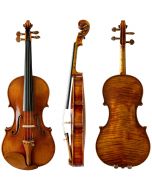 Zhu VN-907 Violin - Commissioned by Fiddleheads - Custom Setupwas USD$5,250.00 Special Price USD$2,438.00
Zhu VN-907 Violin - Commissioned by Fiddleheads - Custom Setupwas USD$5,250.00 Special Price USD$2,438.00 -
 Stankov, Ivan - 4/4 Violin with Certificate (2023-1)was USD$9,000.00 Special Price USD$5,990.00
Stankov, Ivan - 4/4 Violin with Certificate (2023-1)was USD$9,000.00 Special Price USD$5,990.00
-
SOLD - Moneff 2024-1 Image Gallery
April 17, 2024
-
SOLD - Rose Valley 2021-3 Image Gallery
 March 25, 2024
March 25, 2024 -
Should I Worry About Dryness Affecting My Violin?
 February 2, 2024
February 2, 2024 -
SOLD - Kowalski 2024-1 Guarneri "Del Gesu" Image Gallery
January 1, 2024
-
SOLD - Kowalski 2023-1 Guarneri "Carrodus" Image Gallery
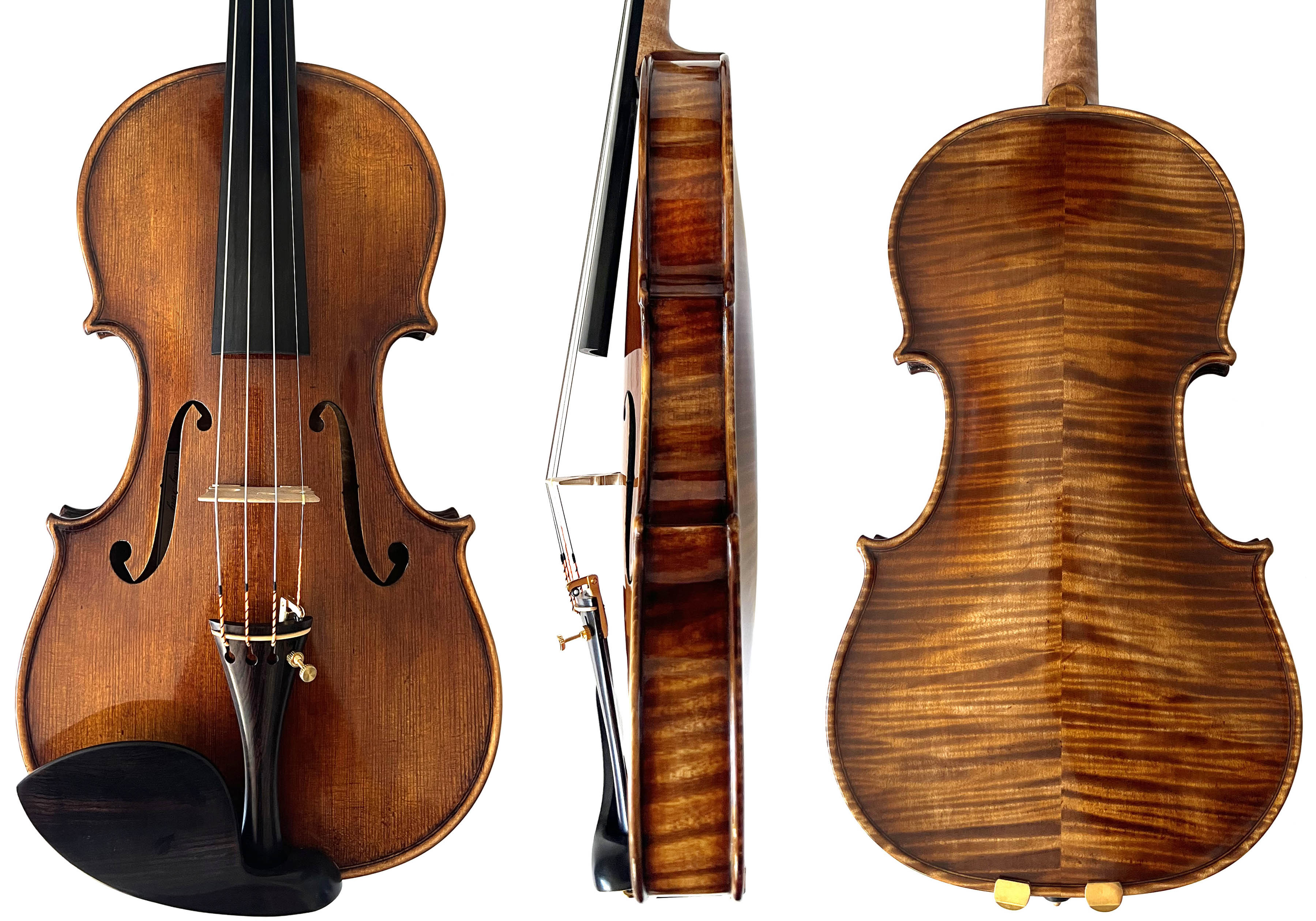 December 16, 2023
December 16, 2023 -
SOLD - Moneff 2023-2 Image Gallery
 November 11, 2023
November 11, 2023 -
Charmed, I'm Sure
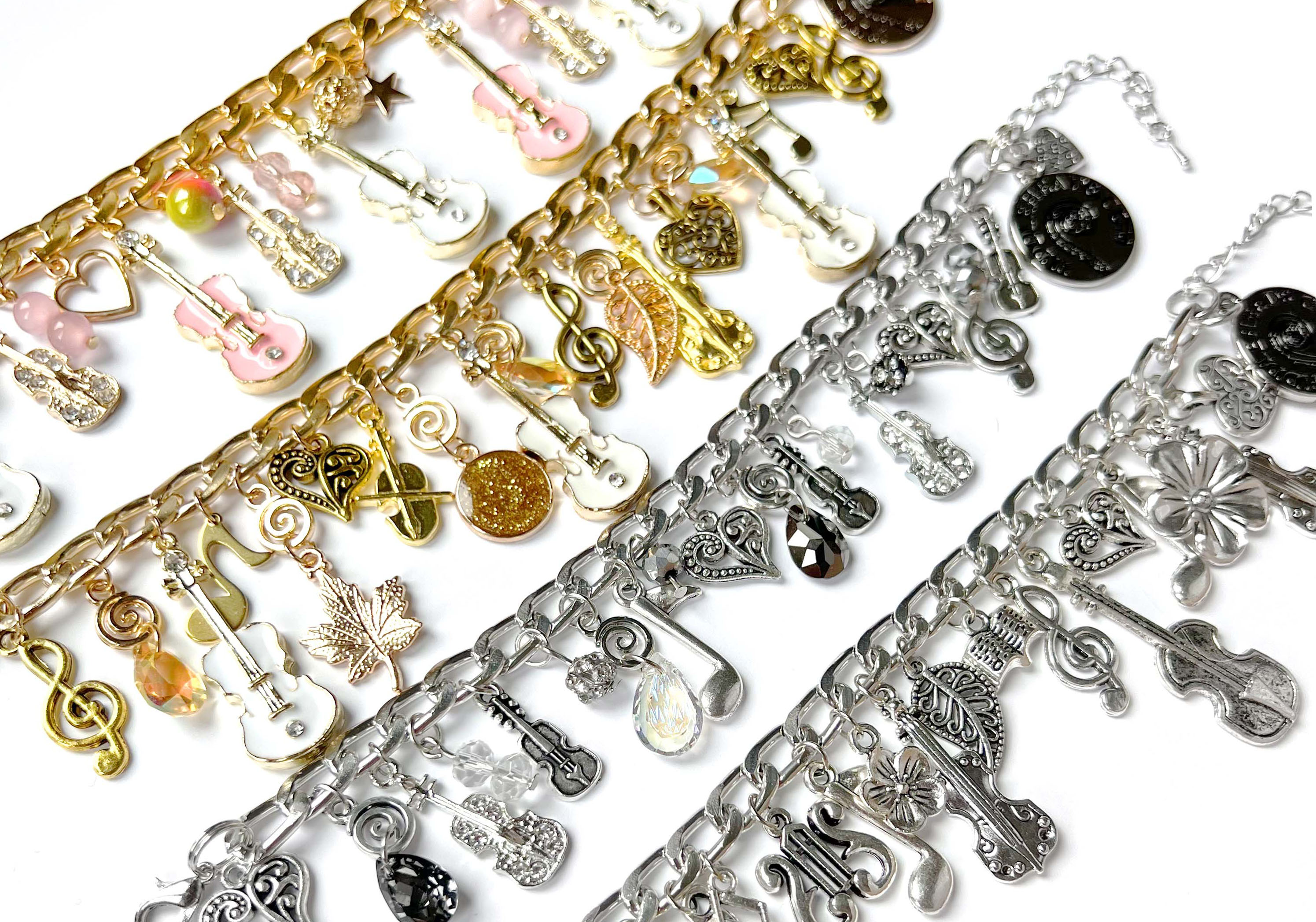 September 22, 2023
September 22, 2023 -
New Models Grace the Bellissima Lineup
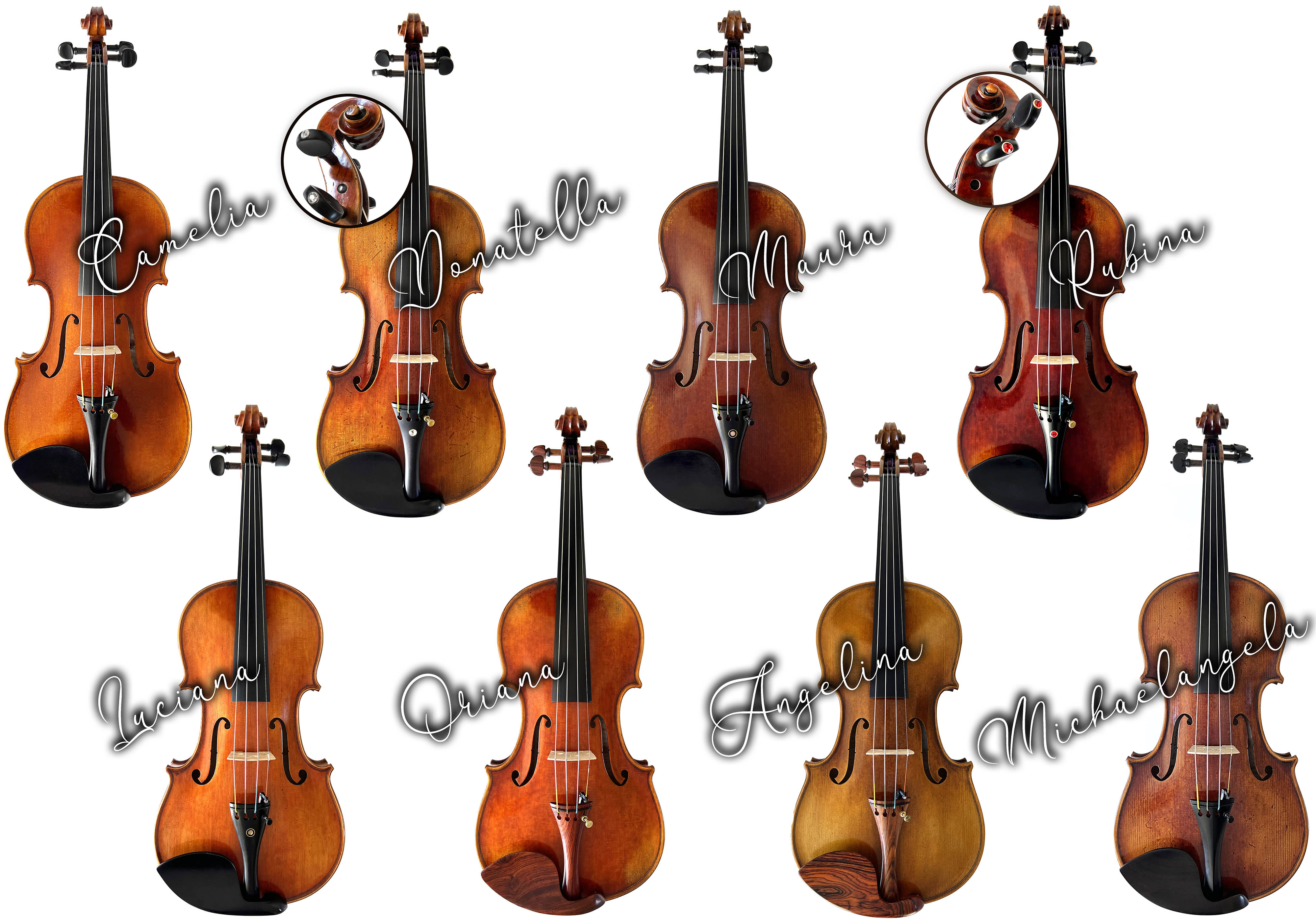 August 10, 2023
August 10, 2023 -
My Customer-Focused Business Runs on RI, "Rhiannon Intelligence"
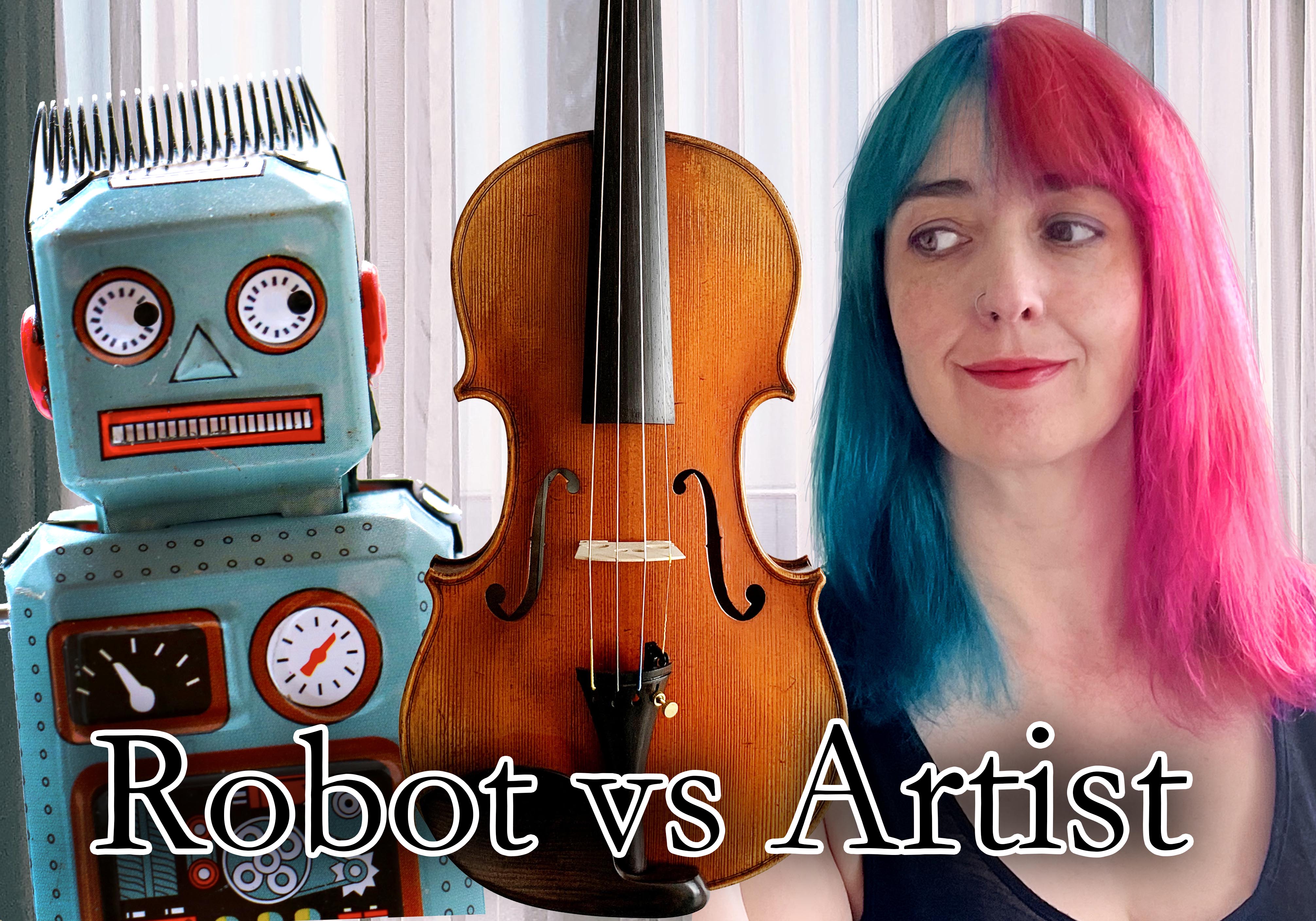 July 27, 2023
July 27, 2023 -
SOLD - Kowalski 2021 Goffriller Image Gallery
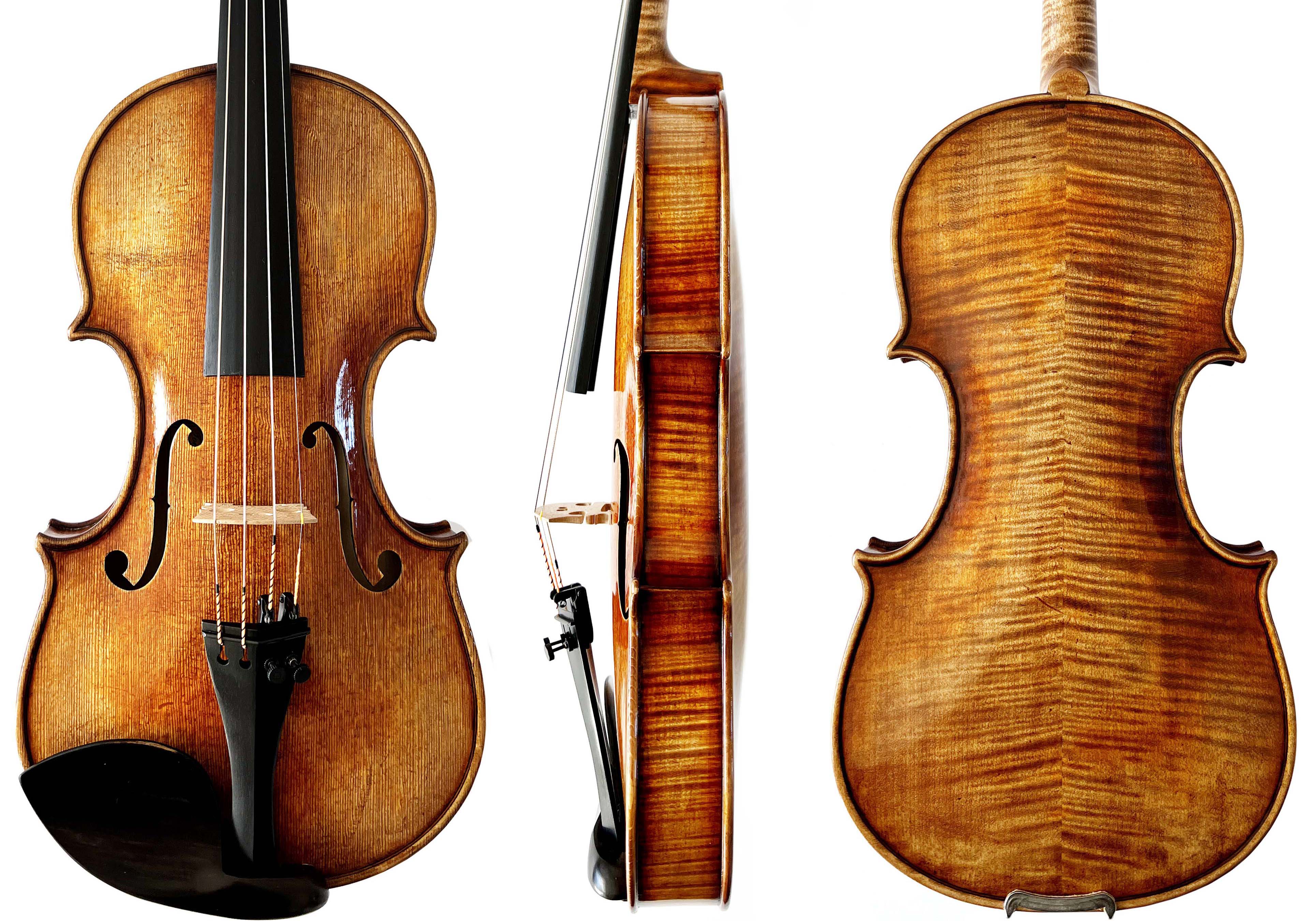 July 27, 2023
July 27, 2023
-
Match-Making: My Experience as the Violin Cupid
 July 13, 2022
July 13, 2022 -
The Dark Side of the Violin Trade: Crooked Luthiers, Greedy Salesmen & Other Creepy Creatures Exposed
 April 16, 2021
April 16, 2021 -
Makers & Models / Strads & Guarneris - What's the Difference?
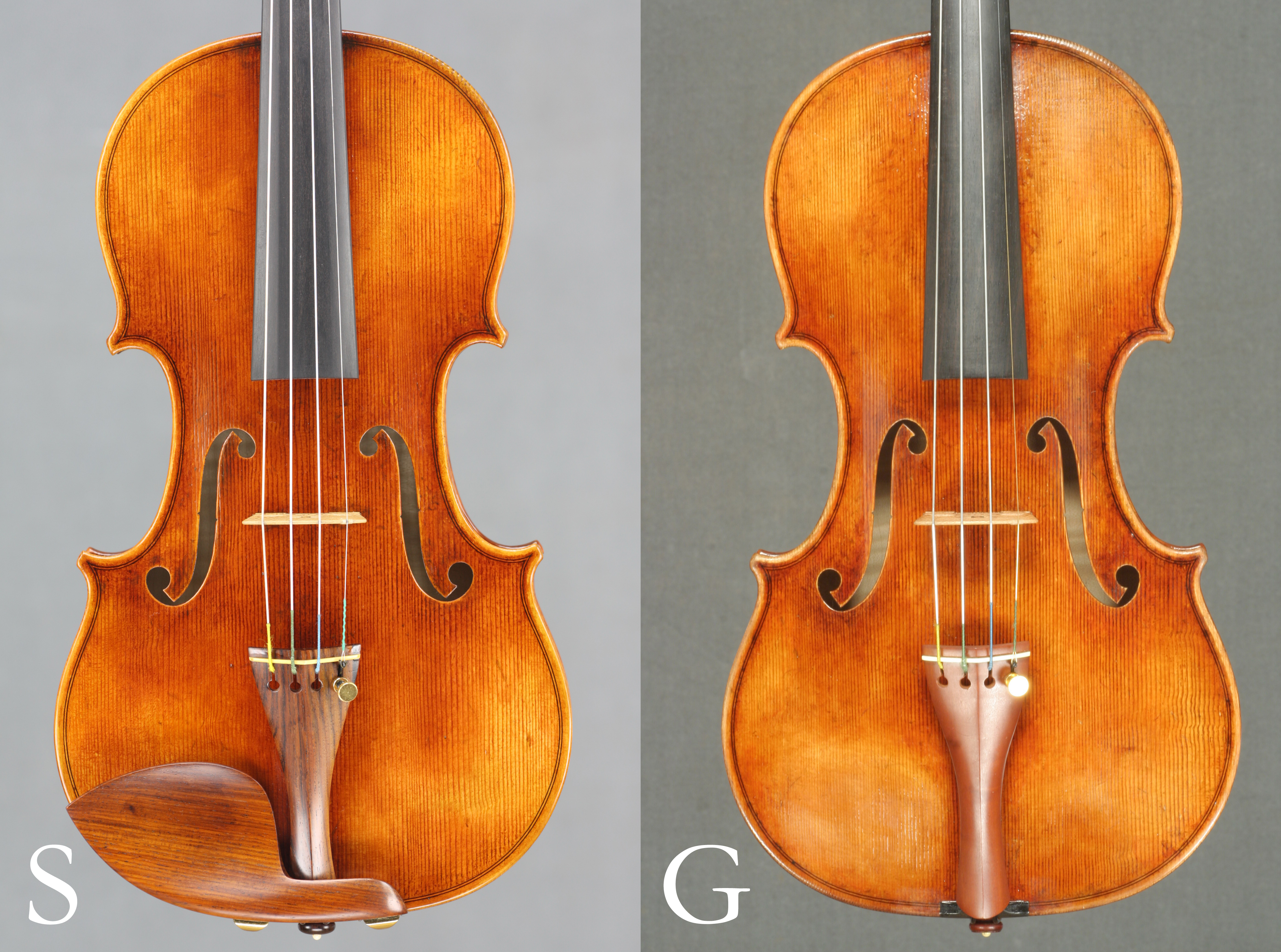 October 28, 2019
October 28, 2019 -
Left-Handed Violins Explained
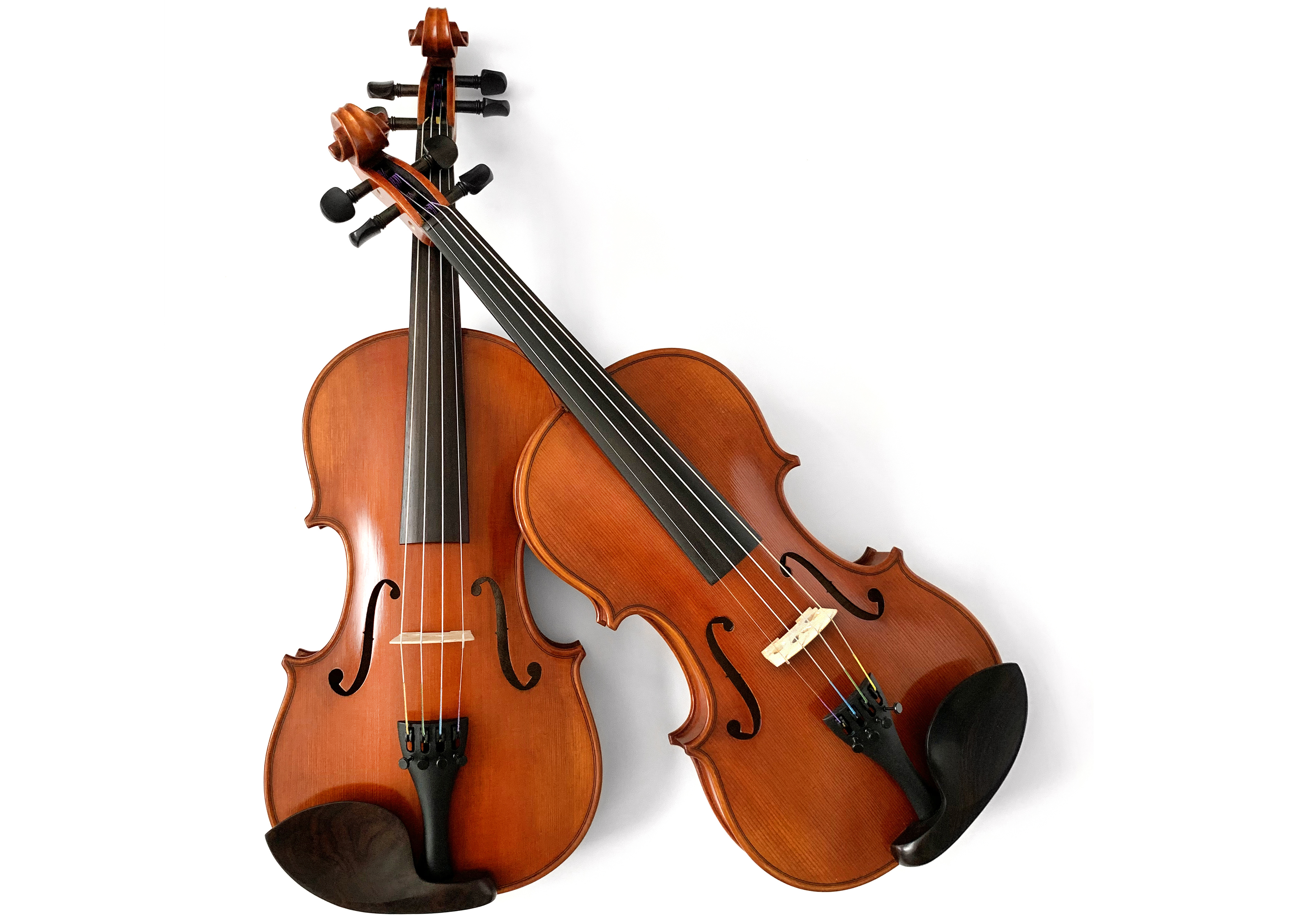 April 20, 2017
April 20, 2017 -
What's the difference between 1-piece and 2-piece backs?
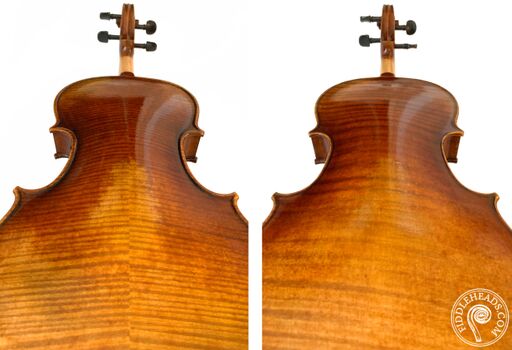 March 7, 2008
March 7, 2008 -
Psychological Analysis of Violin Student Personality Traits 101
 April 25, 2007
April 25, 2007 -
Breaking New Ground by Breaking-In a New Violin
 March 9, 2007
March 9, 2007 -
Viola Players Have the Last Laugh
 January 22, 2007
January 22, 2007 -
Busk or Bust
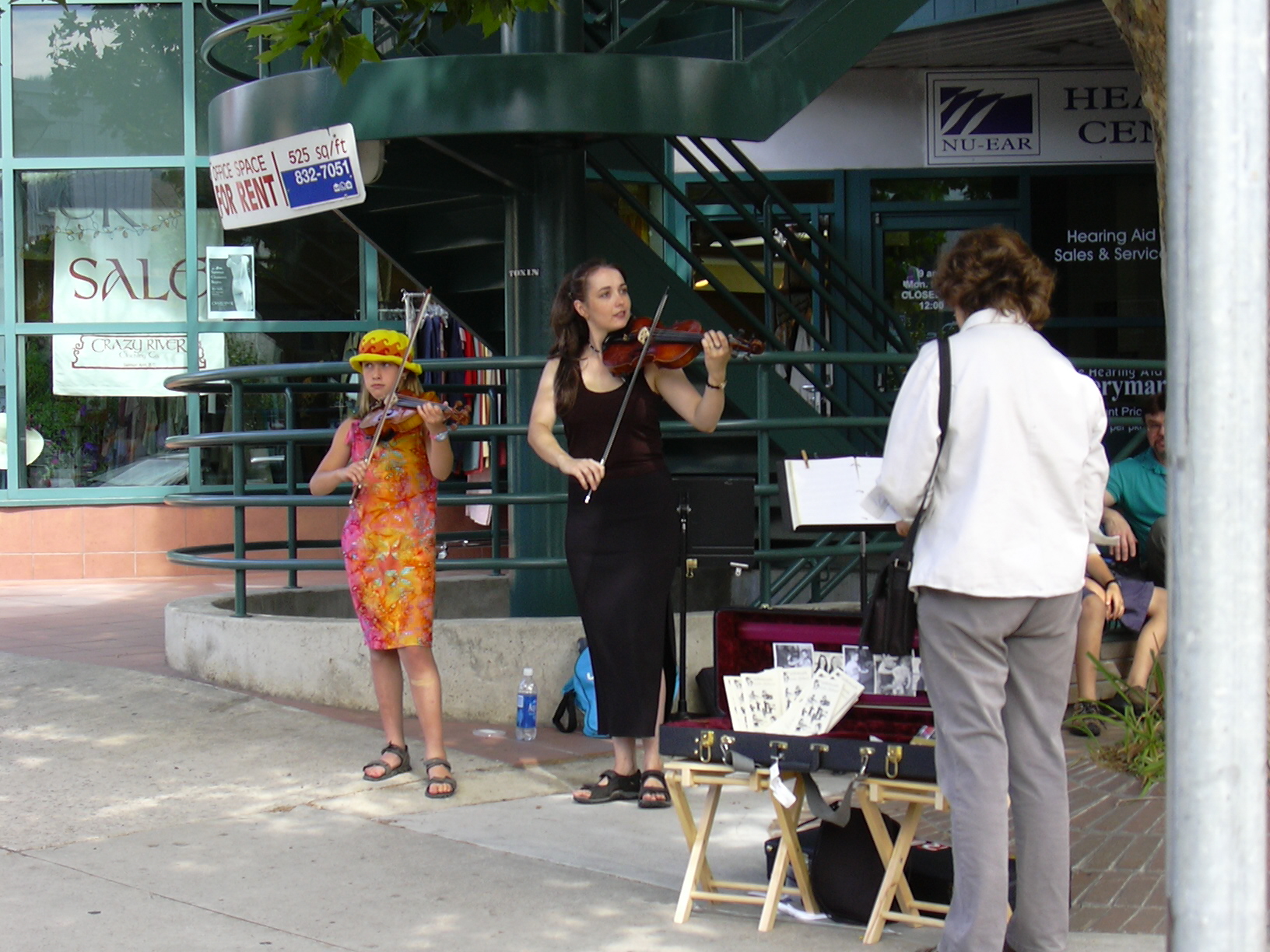 July 9, 2006
July 9, 2006 -
Forrest Gump's Red Violin
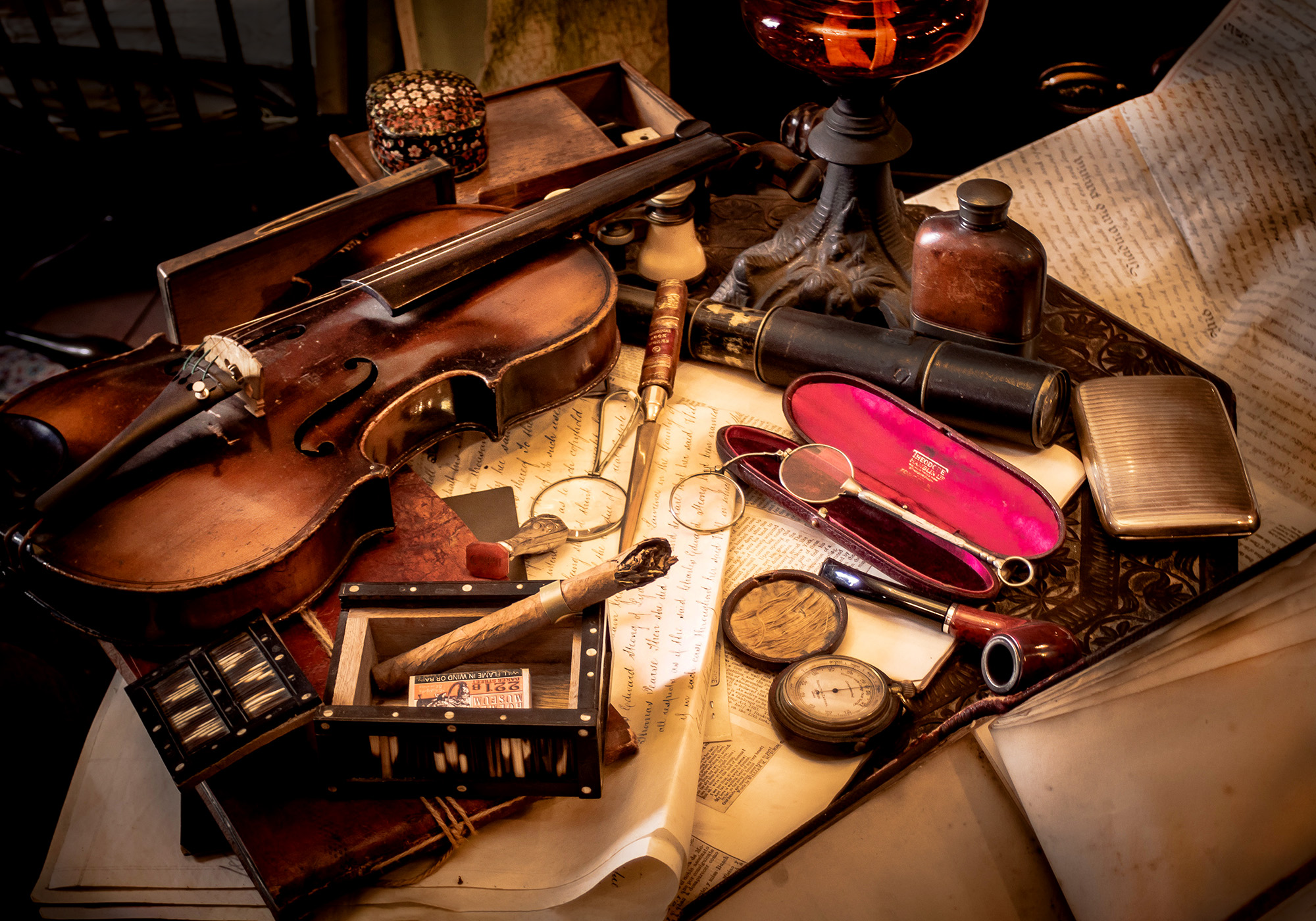 May 21, 2006
May 21, 2006 -
Dance of the Pawn Shop Swindlers
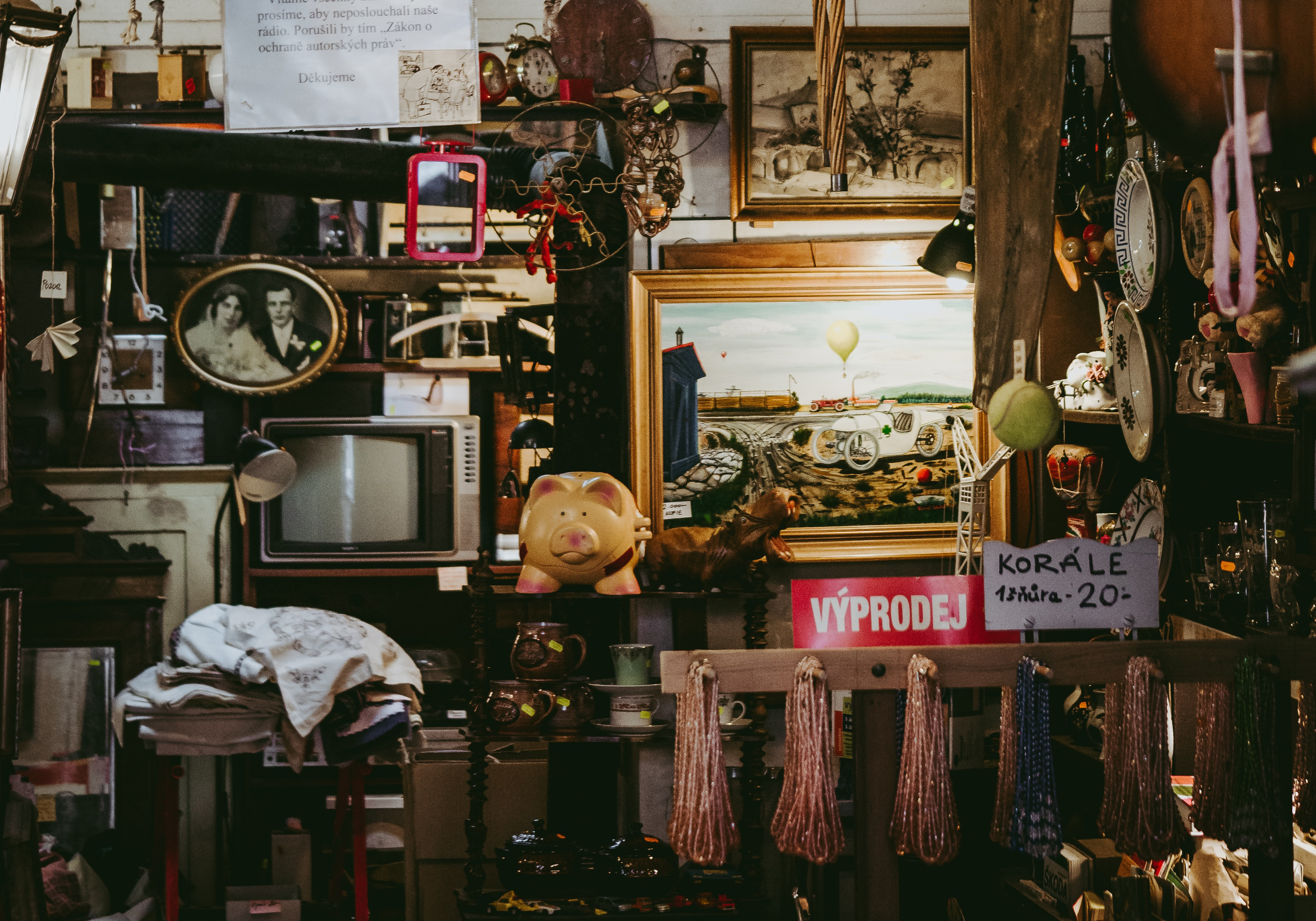 March 25, 2006
March 25, 2006 -
Violin or Fiddle? What's the Difference?
 March 5, 2002
March 5, 2002 -
Careful with That Axe, Eugene
 March 4, 2002
March 4, 2002
-
Rhiannon's Glossary of Violin Terms
 June 10, 2020
June 10, 2020 -
Photo Memory: Helix High School Orchestra 1995
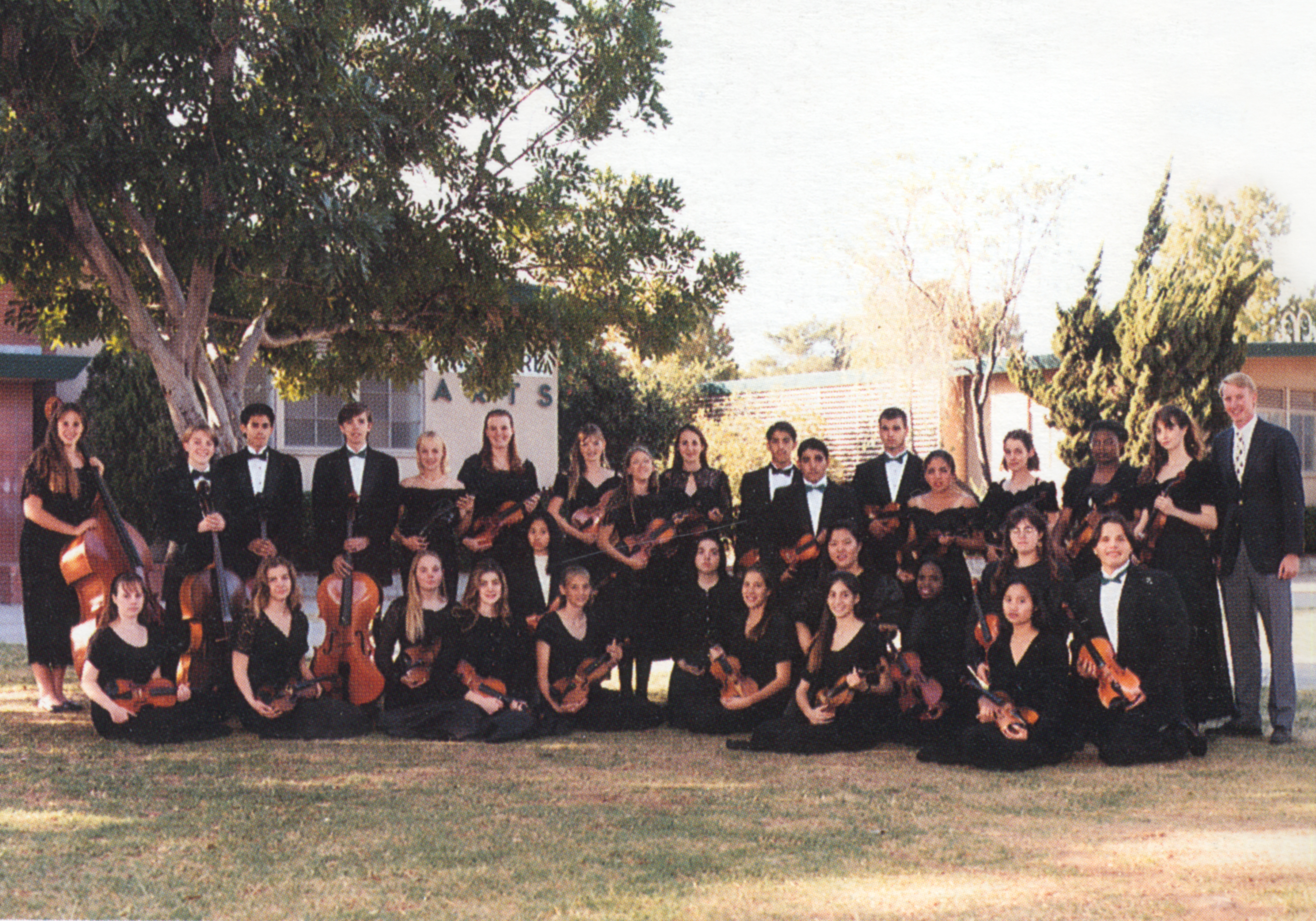 May 9, 2015
May 9, 2015 -
A Classical Christmas
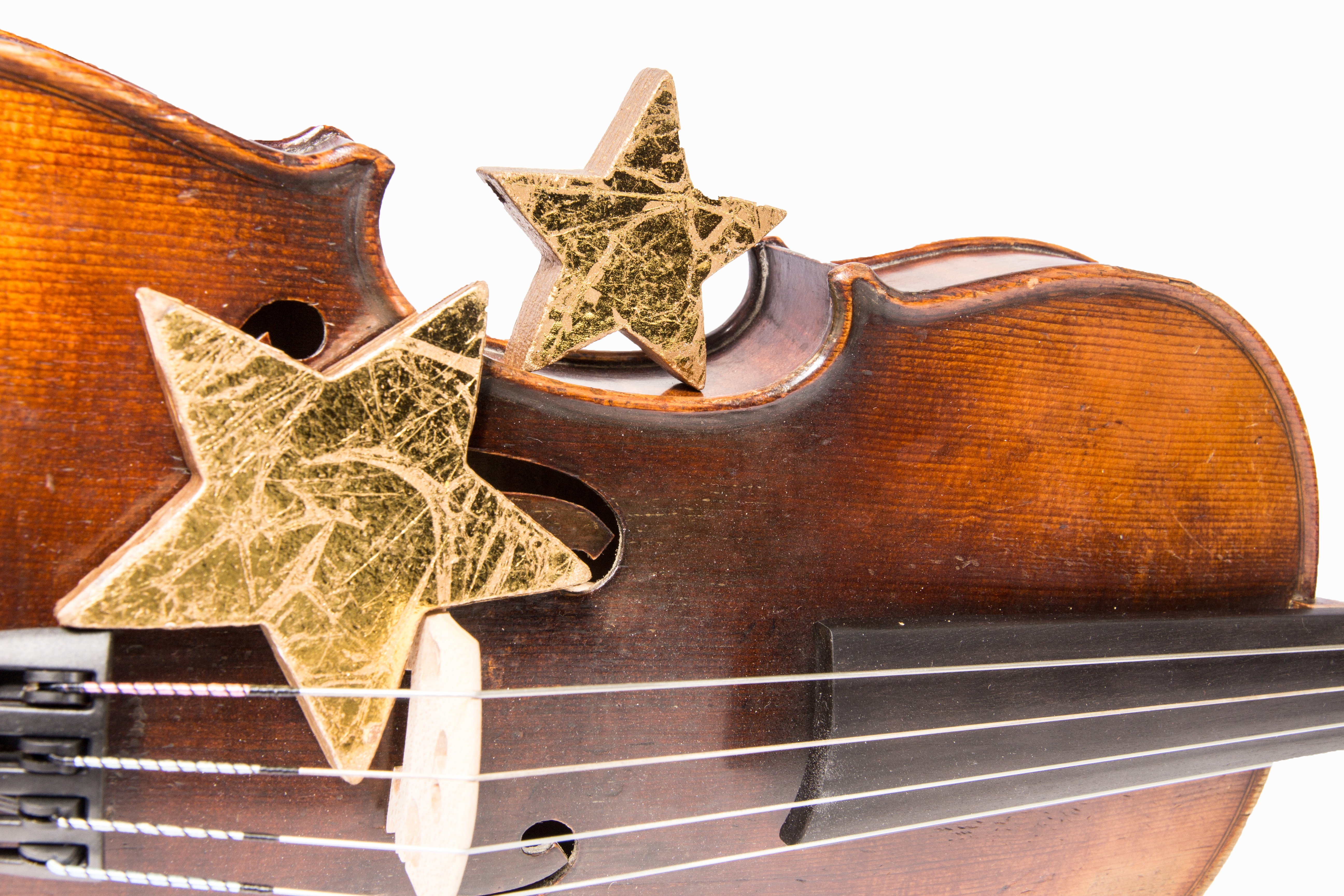 December 4, 2001
December 4, 2001 -
Can You Spot the Fiddle From the Violins?
 August 19, 2020
August 19, 2020 -
Christmas Carol or Christmas Song?
 November 17, 2007
November 17, 2007

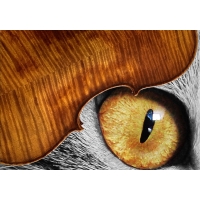
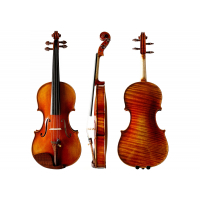
Thanks again!
Gil Edgar